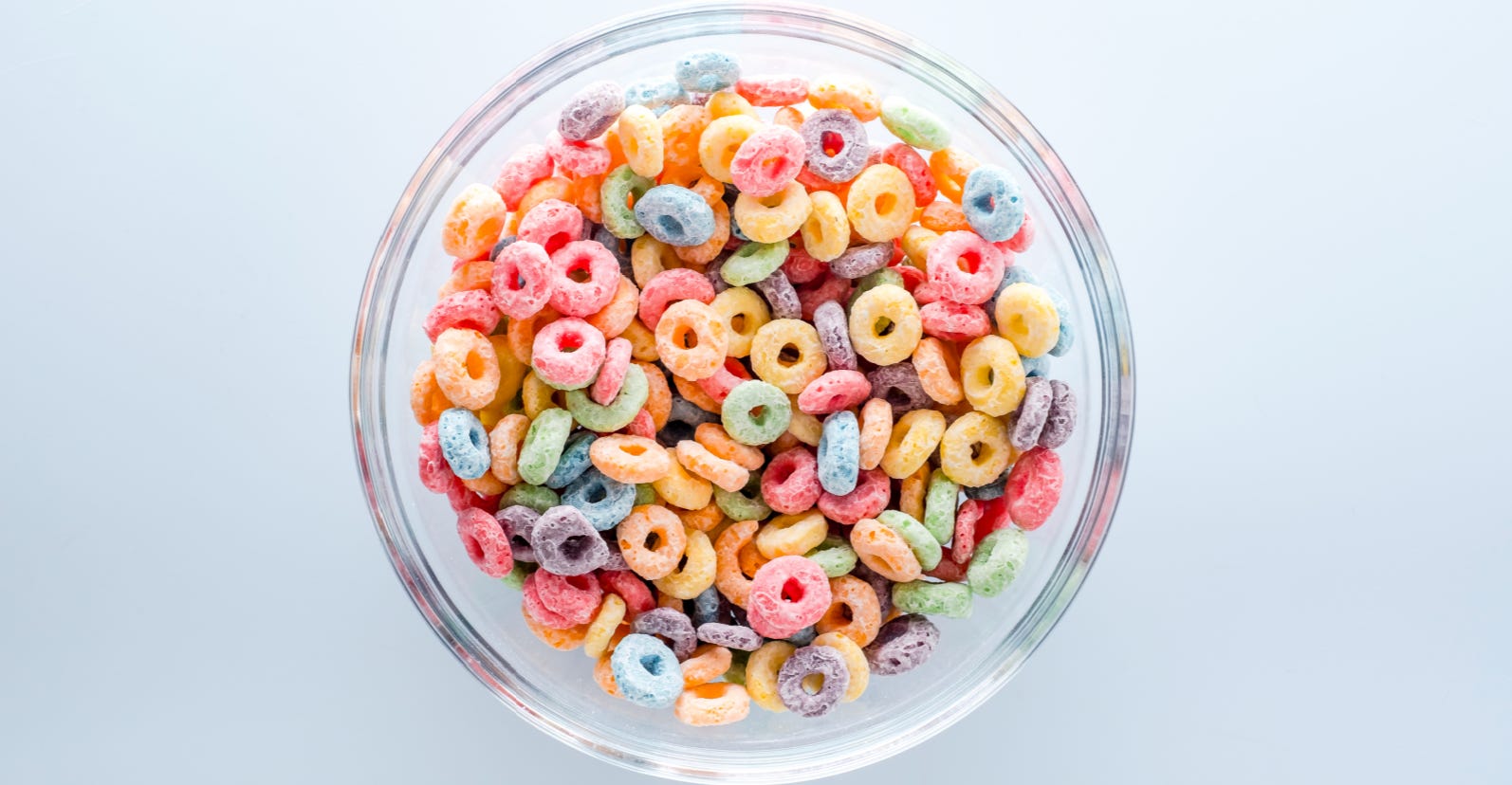|
Breaking: FDA Finally Bans Synthetic Red Dye No. 3
It only took the FDA 118 years to ban Red Dye No. 3—a synthetic food additive derived from petroleum the agency knew was linked to cancer since the 1980s.
Well. Well. Well.
The U.S. Food and Drug Administration (FDA) announced today it is finally banning FD&C Red Dye No. 3—a synthetic, petroleum-based food additive that has been used in thousands of products for more than a century. Found in candies, baked goods, snacks, and even over-the-counter medications, this dye has long been linked to cancer.
The FDA issued an order revoking Red No. 3's approval for use in foods and ingested drugs under the “Delaney Clause” of the Federal Food, Drug, and Cosmetic Act (FD&C Act), citing evidence of carcinogenicity in animal studies. Yet this action comes nearly 40 years after the cancer risks were first brought to the agency’s attention.
The Delaney Clause, enacted in 1960, explicitly prohibits the FDA from approving any food or color additive shown to cause cancer in humans or animals. This rule leaves little room for interpretation—if a substance causes cancer, it should not be in the food supply. Full stop. Yet the FDA ignored this mandate when it came to Red No. 3.
"The FDA cannot authorize a food additive or color additive if it has been found to cause cancer in human or animals," Jim Jones, the FDA's deputy director for human foods told NBC. "Evidence shows cancer in laboratory male rats exposed to high levels of FD&C Red No. 3."
The FDA’s decision follows a 2022 petition from the Center for Science in the Public Interest and 23 other health and environmental advocacy groups. The petition highlighted studies showing that male lab rats developed thyroid tumors after exposure to high doses of Red No. 3.
Under the FDA’s new ruling, food manufacturers have until January 15, 2027, to eliminate Red No. 3 from their products, while pharmaceutical companies have until January 18, 2028, to reformulate ingested drugs. This extended timeline gives companies several more years to continue selling products containing a known carcinogen.
Unbeknownst to many, Americans have been consuming Red No. 3 since 1907—and it took the agency nearly 118 years to ban this additive from the food supply despite removing it from cosmetics more than 30 years ago after studies linked it to cancer in animals.
However, the FDA has known about the dye's carcinogenic properties since the 1980s and even admitted in a recent statement that it considered banning Red No. 3 in food products back in 1992 but chose not to act, citing the “resources required to remove this authorization” as a deterrent. Apparently, Red No. 3 was not okay for lipstick but was okay for human consumption.
Think about that. The FDA acknowledged the cancer risk more than 30 years ago but decided it wasn’t worth the effort to remove Red No. 3 from the food supply.
Meanwhile, consumers were never meaningfully warned about the dye's risks. There were no public health campaigns, no changes in labeling requirements (other than to disclose the ingredient on the label), and certainly no recalls. Americans continued unknowingly feeding their families products laced with a cancer-linked chemical.
What is Red No. 3, and Why Has it Been Used For So Long?
Red No. 3 is a synthetic dye derived from petroleum (liquid fossil fuel), produced through a chemical reaction involving iodine and organic compounds to create erythrosine. Its bright, cherry-red hue makes processed foods and candies more visually appealing, but it serves no nutritional or functional purpose.
It’s purely cosmetic—used to make products look more vibrant and enticing, especially to children. Natural alternatives to Red No. 3 exist, but synthetic dyes are cheaper and easier for manufacturers to use on a large scale. So companies make the good stuff for Europe and use synthetic cancer-causing additives for us.
FDA Allows Numerous Synthetic Dyes in Foods
Although this may seem like a “win,” the agency’s handling of Red No. 3 is not an isolated incident but part of a broader pattern of inaction when it comes to consumer safety. If decades of data showing a product causes cancer aren’t enough to prompt immediate action, what exactly does it take for the FDA to prioritize the health of the American people?
Globally, Red No. 3 is still permitted in Canada and Europe but under much stricter regulations. However, it is outright banned or heavily restricted in countries like Australia, Japan, and throughout the European Union.
The FDA currently allows seven other artificial color additives in foods: FD&C Blue Nos. 1 and 2, FD&C Green No. 3, FD&C Red No. 40, FD&C Yellow Nos. 5 and 6, and Citrus Red No. 2.
These dyes have also been linked to various health concerns, including hyperactivity in children, allergic reactions, and potential carcinogenic effects. How many food additives remain in circulation simply because the FDA doesn’t want to expend the effort to regulate them?
This is a rhetorical question.
There are too many to count.
You’re currently a free subscriber to Megan Redshaw's Substack. Upgrade your subscription to get the full experience and support Megan’s work.
